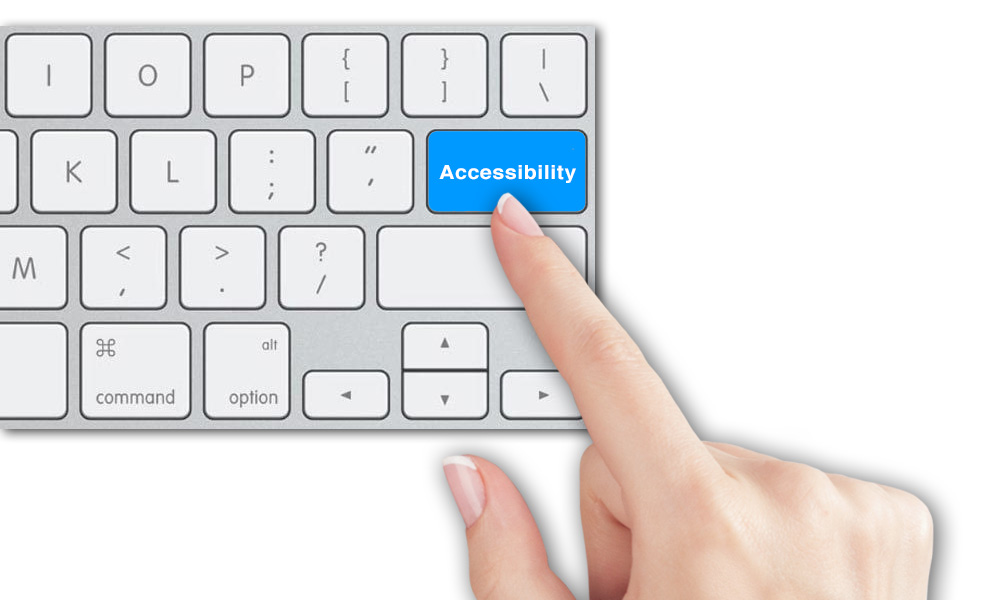"Watch our Meeting Video"
Video can serve many purposes for a website. A home page video can welcome the vistor with a overview of the business, organization, or municipality. Product videos can give customers a closer look. How-to videos offer the viewer a visual solution. Keep in mind, however, that videos are not inherently accessible. An accessible video should allow all viewers to consume the content in full and allow viewers to control the playing of the content.
Accessibility doesn't apply just to those who are visually or aurally impaired. It also means video should be accessible when the viewer is situationally limited. (Example, not having headphones in a public place.)
Consider how your video may be accessed in a variety of situations:
- If someone could not hear the audio, what is needed in order for the on-screen content to be understood?
- If someone could not watch the video, what can be done to help the viewer to visualize what is on the screen?
- If someone could not control the video with a mouse, how would they navigate the video player's settings?
Here are some guidelines to ensure that everyone can access and enjoy your video:
1. Enable Captions
Closed captions give the person watching the video the control of turning on captions. If captions are not needed, they are not displayed. Note: It is best to generate captions on your own.*
2. Enable Subtitles
For visitors who do not speak the language of the video, having subtitles enabled is beneficial.
3. Add Audio Descriptions
Captions and subtitles capture the audio of the videa, but they don't describe what's on the screen. A visually-impared viewer needs assistance if there is something relevant visually, such as on-screen text or action that is not described aloud. So in addition to captions and subtitles, you may need additional audio description or even a separate audio track to completment the video.
4. Provide a Transcript
Ideally, the transcript should capture everything from the video: the speech, titles, subtitles, other onscreen text, descriptions of onscreen activity, and any links referenced or shared onscreen.
5. Onscreen Text Should be ADA Compliant
How you format the captions, subtitles, and any other onscreen text is important. Be aware of the text color and background, text size, placement of text on the screen, and the length of time each line of text is displayed. And make sure the text is synchronized with the speech!
6. Avoid Flickering
Viewers who are prone to seisures, dizziness, or nausea may not respond well to any flickering, flashing, or strobing content.
7. Clearly Label Interactive Elements
If you have any control over how the video player is designed make sure controls are clearly labeled. Buttons without labels or that have "cute" names can confuse visitors, so stick with conventional naming that is understood by most people.
8. Enable Keyboard Support
Your video should have controlling features such as volume control, enabling closed captioning, and fast-forwarding and rewind accessable with keyboards and screen readers.
*CLOSED CAPTIONING and SUBTITLES
Some video players have a built-in closed captioning and subtitles option. It is up to you to provide and refine the captions for your hearing-impaired viewers. Creating your own .srt file with timing is the preferred choice. Some systems have auto-captioning, which, while easy to do, the timing and interpration can be less than ideal.
